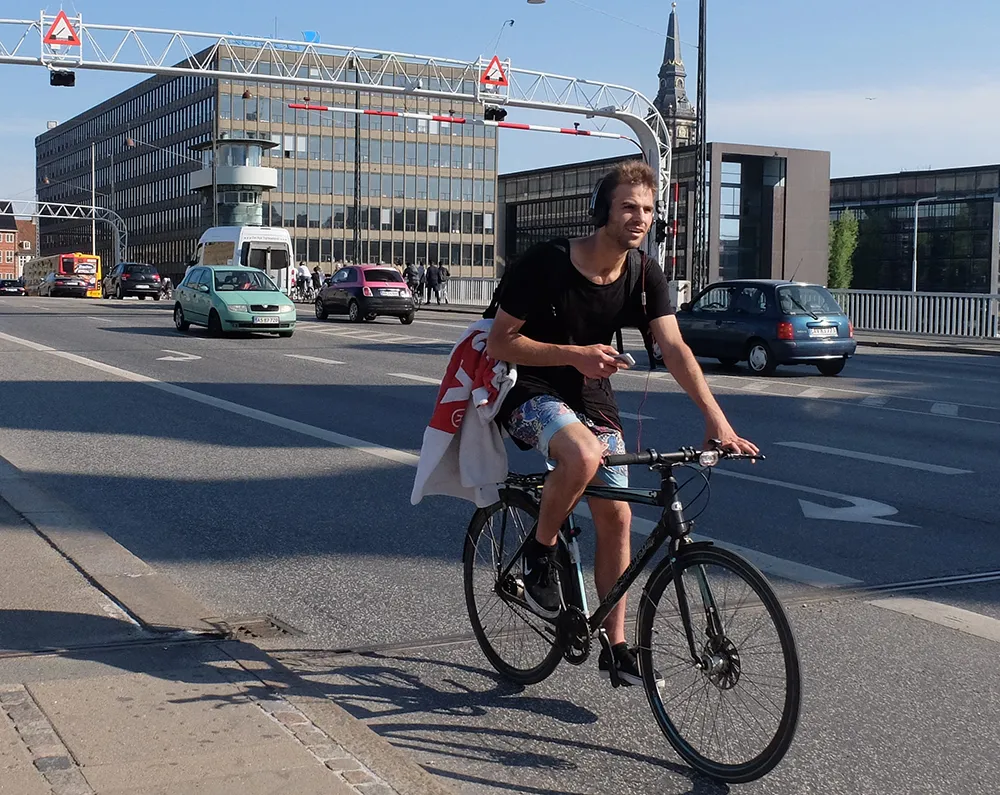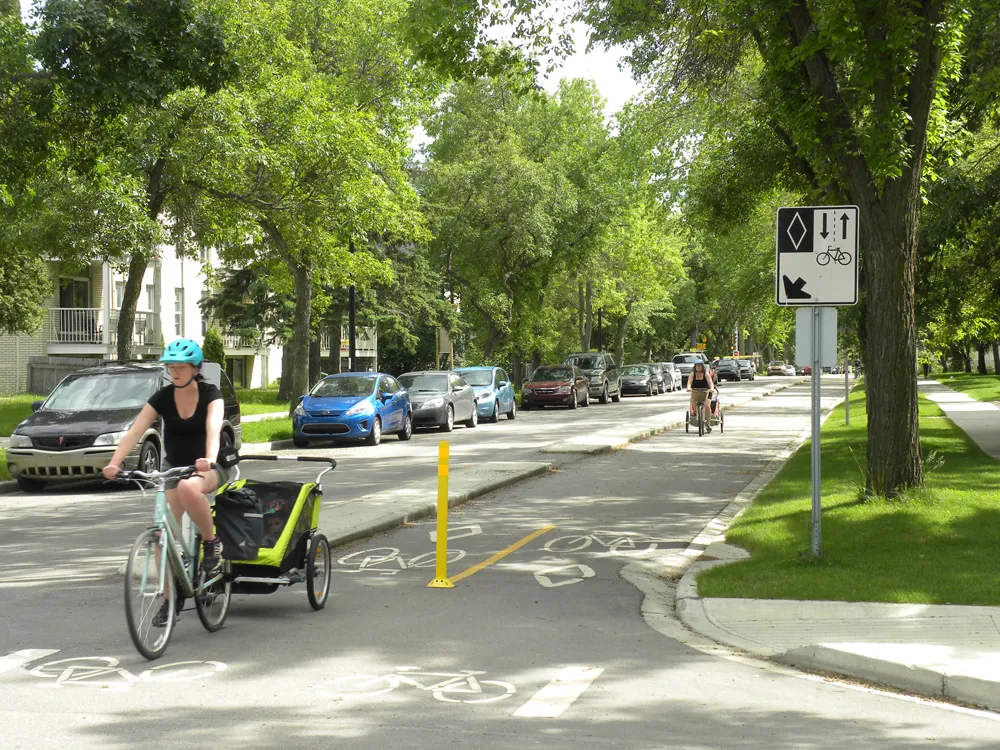
The Paramics Discovery 26 includes active travel modes for the first time and has been designed to enable transport professionals to design, evaluate and present transport and mobility solutions. The package can be used to test a wide variety of transport planning interventions simply and quickly, including assessing the impact of increased traffic on a road network, new junctions and infrastructure, changes to traffic signal control, public transport operations, roadworks and event planning.
The intuitive software also enables transport planners to assess both economic and environmental impact from their proposed interventions including cycling and walking to public transport and private motorised modes. SYSTRA managing director Consultancy, Sébastien Dupont said, “We listened to our clients, colleagues and authorities around the globe who expressed a strong interest for sustainable transport modes to help their detailed transport planning and appraisal programmes. With Paramics Discovery 26 we have equipped authorities with an intelligent tool to support the transition to Net Zero."









